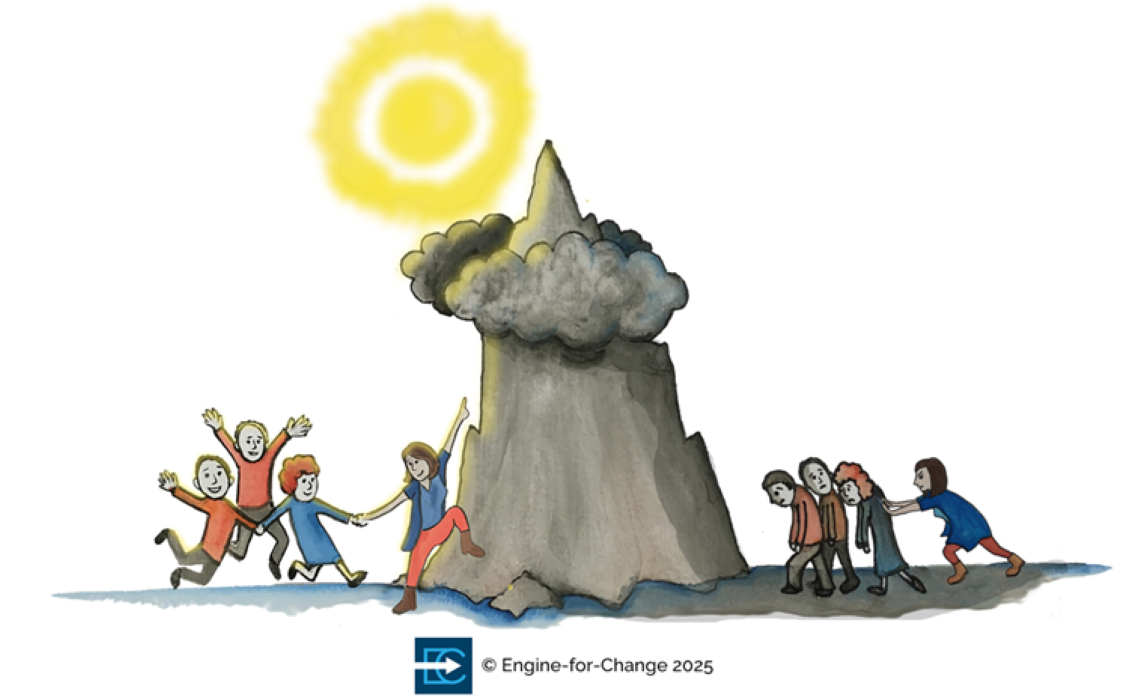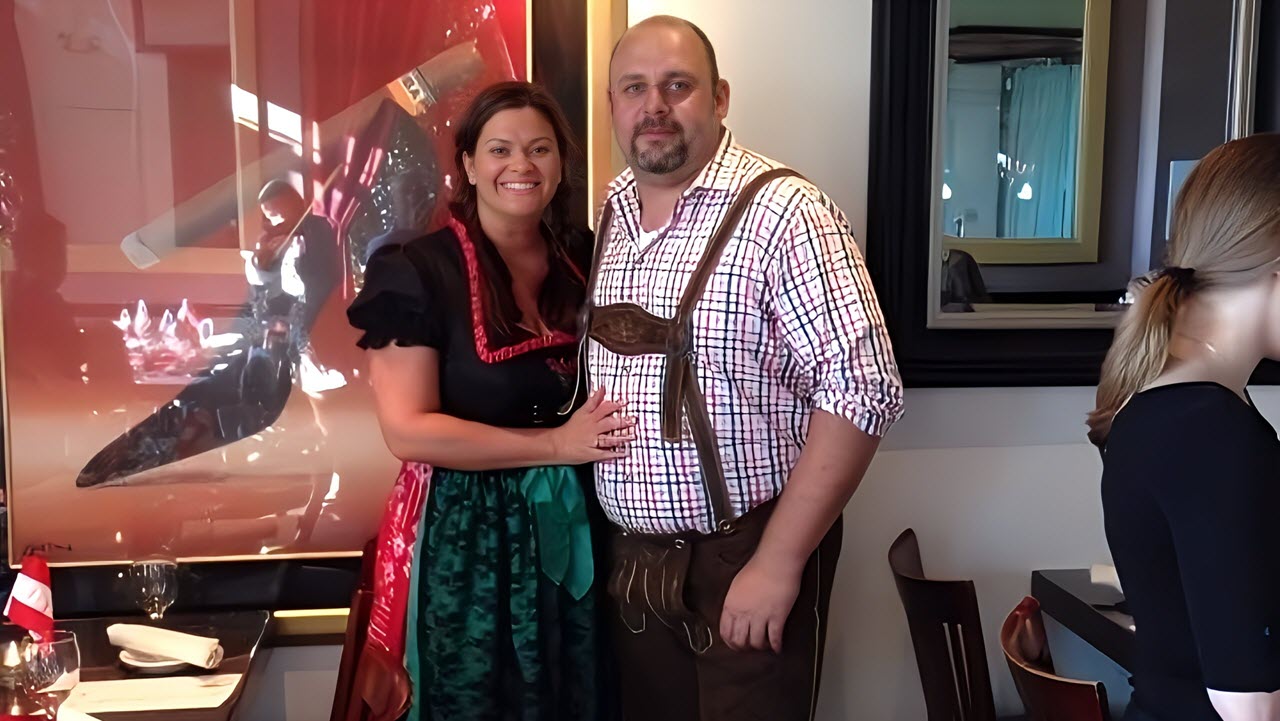In Part 1 of this article we introduced performance artist and dancer Gabrielle Roth’s five basic dance rhythms as metaphors for five change leadership styles, and examined the first three of them- Staccato, Flowing, and Lyrical. In Part 2 we look at the remaining two metaphors of change leadership styles, Stillness and Chaos, and present key lessons for change leaders.
Stillness
Being still and doing nothing aren’t synonymous. Stillness moves, both within and all around us. Dancing with stillness embodies a serene, humble, mindfulness connected to your higher self. Change leaders that are ‘still’ take responsibility for the journey, distilling wisdom from their past experiences for the transformation journey ahead. Leaders who radiate and embrace stillness know how to use silence, how to listen to both the inner and outer voice, and how to model the behavior they want others to emulate. This style of change leadership is most effective in situations that call for changes in culture, values and beliefs. These leaders have an ability to tap into our deeper, shared desires that allows them to get below surface agreements and reach a place of shared understanding and value.
Former South African President, Nelson Mandela, is emblematic of the stillness style of change leadership. Mandela was a central figure in the titanic struggle to overthrow South Africa’s apartheid regime, he was sentenced to life imprisonment and endured 27 years of hardship. Through it all, Mandela never lost sight of the cause of democracy. After his release, it was Mandela’s leadership and moral courage that helped deliver a peaceful end to apartheid after years of racial division and violence. As President, he pursued the cause of national reconciliation with the same tenacity, striving to promote a sense of common citizenship between black and white.
Chaos
Chaos is the gateway into the unknown, not fearing what’s on the other side. It takes you on a journey from “I can’t” to “I will.” This rhythm liberates you from all ideas about who you are and gives you a real experience of being totally free, intuitive and creative. Chaos-style leaders know that they do not have control, do not have all of the answers, cannot save everyone, maybe not even themselves- but on some deeper level they believe in people, they believe in their purpose, and they have a deep trust in organizing principles. These leaders are comfortable with ambiguity, blurred boundaries and constantly changing environments.
One of the most important; yet forgotten and less celebrated figures of the American civil rights movement, Bayard Rustin, deeply embodied the chaos change leadership style. He taught Martin Luther King Jr. the methods of Gandhi, spearheaded the 1963 March on Washington, and helped bring the struggle of African Americans to the forefront of our nation’s consciousness by working behind the scenes. Rustin was a charismatic leader that “enabled others to act.” The tactics of public protest that became familiar in the 1960s- marches on Washington, Freedom Rides, sit-ins, passive resistance, civil disobedience- were pioneered and refined by Rustin decades earlier. Like Bayard Rustin, chaos leaders are often called upon to provide guidance during times of crisis.
Last Dance
The change leadership styles that have been outlined indicate that not one single style is effective across all situations. It is abundantly clear change leadership that leads to benefits realization and the achievement of business outcomes, often calls for a paradigm shift away from traditional command and control or the staccato style of leadership and towards a more co-creative future. Change Leaders must create space and opportunities for people to work with them in a manner that establishes a sense of community and belonging, connection, and ownership where people aren’t relegated to being just renters.







